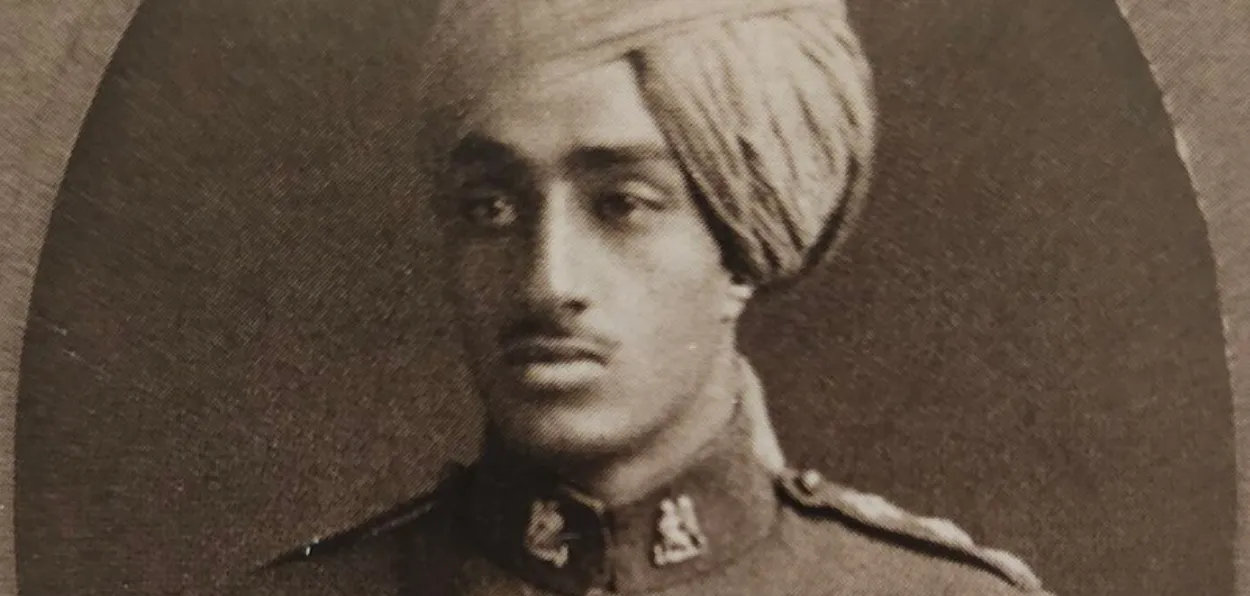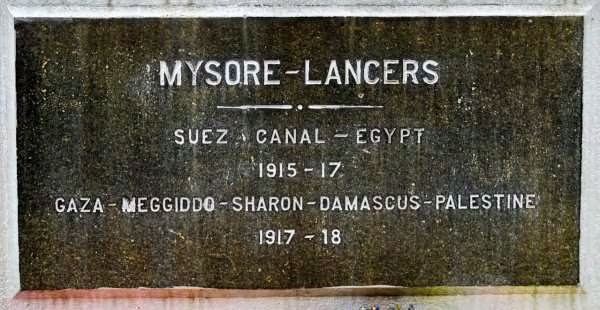
 Saquib Salim
Saquib Salim
On 23 September 1918, the last great Cavalry-led battle in modern military warfare occurred. The charge was led by Major Thakur Dalpat Singh of Jodhpur Lancers against the Turkish army at Haifa (now in Israel). The man is commemorated in Israel as the “Hero of Haifa” for his heroics, as the Israelis feel indebted to the contributions of the Indians in capturing Palestine during the First World War.
Marquess of Anglesey in his History of the British Cavalry writes, “Without doubt this was the most successful mounted action of its scale fought in the whole course of the campaign. It was won by a weak brigade of only two regiments and a single 12-pounder battery pitted against about 1,000 well-armed troops who had so far seen no action.
“These, skilfully deployed, occupied a naturally formidable defensive position with an impassable river on one side of a narrow defile and a steep hill on the other. That they had already received news of the general rout is certain, and this may well have affected their behaviour, but there is little evidence to show that they put up less than a respectable resistance. The speed and daring, dash and boldness of the two Indian Imperial Service regiments (Jodhpur Lancers and Mysore Lancers), in conjunction with the skilful flanking movements devised by Holden, made the action such a success. The speed and good order demonstrated by the leading squadron of the Jodhpores when it was forced to change direction under heavy fire were other vital ingredients in what was almost certainly the only occasion in history when a fortified town was captured by cavalry at the gallop.”

The memorial to Mysore Lancers at Haifa, Israel
On 22 September 1918, General Henry Chauvel received the intelligence at El Lejjun that the Turkish forces were already evacuating Haifa without a fight. The 15th (Imperial Service) Cavalry Brigade, which had Mysore, Hyderabad, and Jodhpur Lancers, was under his command. He ordered the Hyderabad Lancers to escort approximately 12,000 Prisoners of War from Lejjun to Kerkur. He rode a Rolls-Royce with a Union Jack on its bonnet to Haifa to proclaim himself Military Governor of the town. They did not expect any fight. But, to their surprise, an attack was launched by the Turks three miles before the city.
The official records say, “The batteries had evidently registered carefully, for almost the first salvo hit the general's car, knocking it into the ditch and smashing the flag. The general himself, with his staff, had to take cover in the same ditch, and quickly, too, and there they lay, getting the proclamation covered with mud, till the armoured cars succeeded in retrieving them.... The "Haifa Annexation Expedition", as it was irreverently called, returned to Afule in a somewhat chastened mood, but fortunately without any serious casualties.”
This was now an emergency for the British Army. The intelligence had failed them. The responsibility came to the Indian force of 15th Cavalry, of which Hyderabad Lancers had already been sent to Kerkur. At 3 am, “the Brigade (less Hyderabad Lancers) plus 'B” Battery H.A.C. marched from Afule, forming the advance guard of the division in its advance to capture Haifa and Acre.”
The orders were to attack the Turkish army post at 2 pm from the east by the Jodhpur Lancers. The Mysore Lancers led the attack from the other side. Against a superior armoury Dalpat Singh was leading the Jodhpur Lancers. The Jodhpur and Mysore Lancers charged against the Turkish guns and machine guns with their horses. They went into the town and captured every enemy post soon. Indians lost only three men, including Dalpat Singh, while hundreds of the enemies were killed or captured.
Sir Edmund Allenby, in his dispatch of 31 October 1918, wrote, “While the Mysore Lancers were clearing the rocky slopes of Mount Carmel, the Jodhpur Lancers charged through the defile and, riding over the enemy's machine guns, galloped into the town where several Turks were. Speared in the streets. Colonel Thakur Dalpat Singh, M.C., fell gallantly leading this charge.”
While leading the charge, bullets pierced through his spine, and he died a few hours later on the operating table. Lt. General Pratap Singh, who was to originally command the regiment but could not because of his health that day, wrote to Daulat Singh, “I am glad to inform you that the Jodhpur Lancers played their part remarkably well in the Palestine Campaign….. The dashing charge of our cavalry was splendid and worthy of the Rathores. Thakur Hari Singh’s son. Major Thakur Dalpat Singh was in the thickest fight and fell gallantly at the head of his cavalry in this memorable charge. To me, it was highly gratifying and no less elating.”
ALSO READ: Durga Puja: The sacred symphony of divine femininity on Earth
Dalpat was only 25 at that time, and his sacrifice ensured that Palestine was captured from the Turks, which in turn would help in the creation of the state of Israel almost 27 years later.
